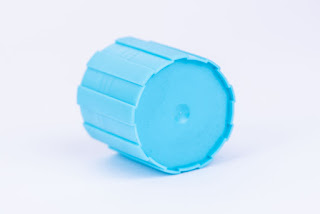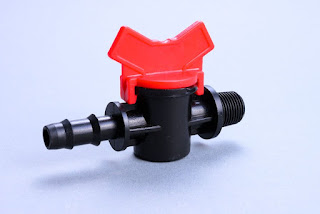Top 6 Things to Think About Before Getting an Injection Molding Quote
The largest portion of upfront production expenditures is spent on injection molds. Your injection molder ought to be able to give you a quote that details the prices for any custom injection molding project. The unpleasant process of soliciting estimates for each project falls to purchasing and procurement managers. The quotes can differ significantly depending on the input (in terms of drawings, prototypes, or sample parts).
Molds that have more cavities, tighter tolerances, and a longer production life require longer to construct and cost more upfront. The best injection molding company offers long-term savings. These molds are easier to maintain and endure longer than molds of lower grade.
The first step in establishing feasibility is to obtain an injection molding quote; however, numerous questions need to be addressed before a precise quote can be provided.
Here are the top six inquiries to which you should be able to give preliminary answers:
· Are CAD drawings, printouts, or samples of the part that has to be priced available?
The molder needs to be aware of what you are asking them to create in order to formulate a reasonable price. Dimensional drawings in great detail reveal the size and intricacy of the part. A sample or prototype can be extremely helpful to the molder as they start to think about how to best optimize the design for manufacture.
· Are the components being produced from an existing mold?
If so, it would be up to the molder to choose whether or not they could produce your parts from the current mold. At Moulding Injection, we strive for a mold that can operate automatically, unattended, and that is constructed of high-quality stainless steel. We will definitely take into consideration whether we can operate the mold in the manner in which it was created and constructed.
· What is the application of the part? Does the part need to be exposed to any chemicals or the environment?
The injection molder with whom you are collaborating must comprehend the part's intended purpose. The maker will be able to estimate how durable the component must be and how much wear and tear there will be over time with the aid of this explanation. Your molder will be able to recommend the resins and/or additives needed for your project with the help of the information you provide.
· How many of each are required?
Not all injection molds are created equally. An aluminum mold can be the perfect choice if you're interested in producing items in lower quantities or with a shorter run. A hardened stainless steel mold would be the finest option if your project calls for huge volumes over an extended period of time. The latter choice is more expensive up front, but it pays for itself during the tool's lifespan. Moulding Injection, a high-volume, precision injection molding maker, specializes in creating tools from steel that has been hardened.
· How big and complicated is the part?
Other molding techniques can be employed to create a part, while injection molding is the method utilized to create many plastic parts. In a nutshell, the injection molding process is perfect for producing more complicated, smaller pieces. Injection molding or compression molding can manufacture larger pieces. Rotational molding works well for large pieces while blow molding is used to create hollow items like bottles. In this related topic, you can read more about each.
· What kinds of resins or polymers are necessary for the part?
Even though you might need to conduct some preliminary research, the molder will have a place to start if they know what kind of plastic material you believe is most suited for your project. A skilled injection molding maker will ultimately suggest the resin and additives they believe will produce the finest outcome.


Comments
Post a Comment